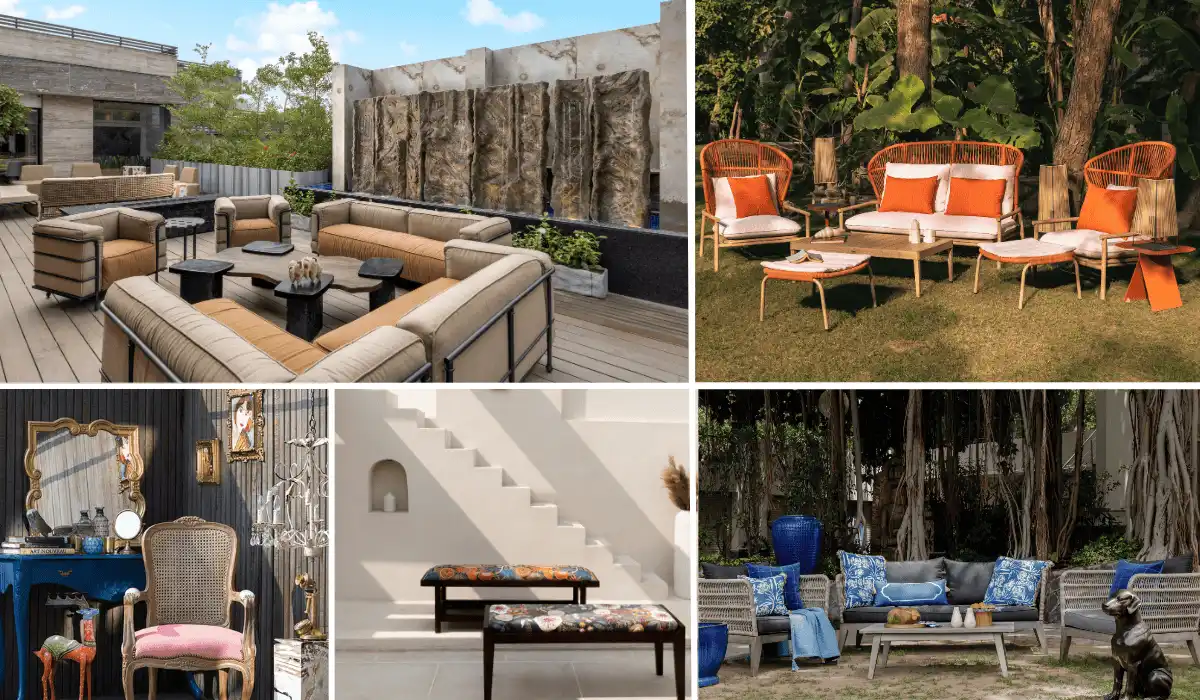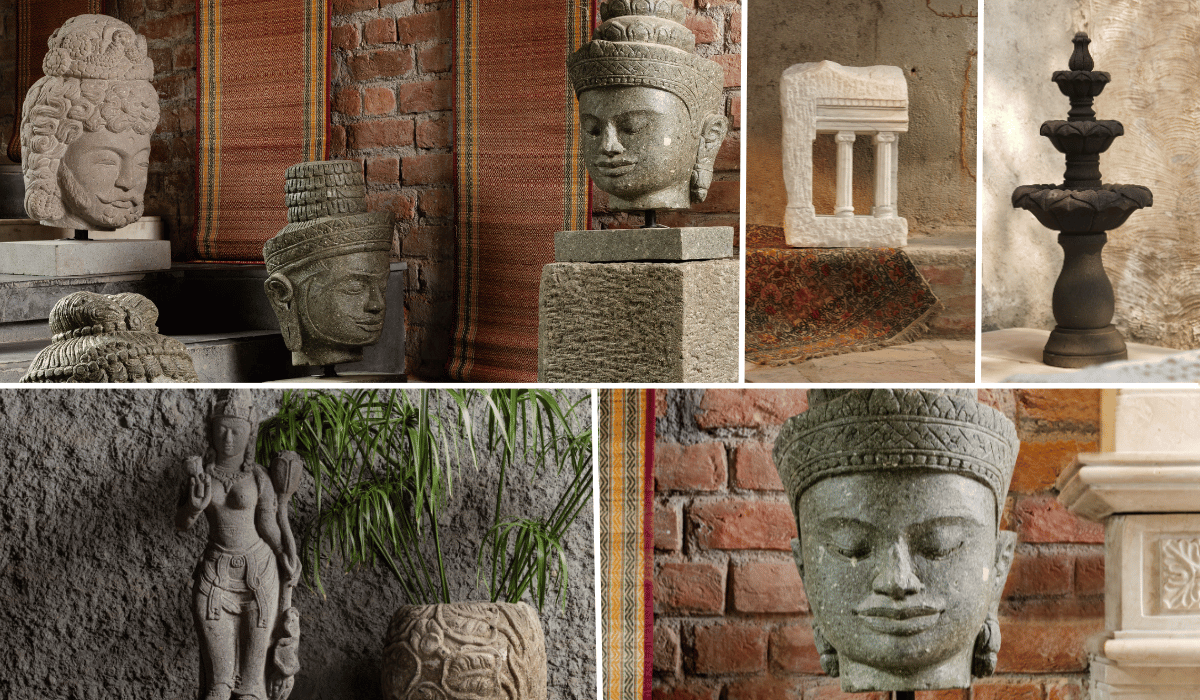Gunveer Singh of GSDesign Lab, is a freelance contributor in the field of architecture and academics, and has been practising as an Environmental Designer with design and analytical experience in India and UK. Working as an employee at Atmos Lab in London and as a consultant to many national and international design studios like Ashok B Lall Architects in Delhi, Bruther, Lacaton et Vassal and Office KGDVS, research and sustainability goals drive Gunveer Singh’s design approach. Gunveer Singh discusses his architectural journey and the hurdles crossed on that voyage.
I believe architecture needs to be influenced by cultural factors, client requirements, building context and driven by the climate constraints of the site.
As a freelance collaborator in the field of architecture, what are the challenges/limitations when it comes to creative freedom?
In a freelance collaboration, the freedom depends on the role assigned and relations with the client/firm. For instance, a collaboration with the design team significantly influences the design output. I have been associated with Ashok Lall architects and Logico Marketing in India and worked with their design team as a sustainable architect and BIM aide. The major limitation I personally feel in this scenario is my recognition as an in-house team member instead of an individual consultant.
Being a fairly young practitioner, you have experimented with different segments of architecture. If given a chance, which kind of projects or typologies would you like to engage in the future? What would be your approach towards the same?
Working as a part of a studio’s design team and as an environmental consultant, I believe I can’t possibly be selective with my choice of project at this stage of my career. Distinct typologies produce different experiences and challenges along with them, much to my liking since I am not fond of working with a rigid mindset. In the end, I believe architecture needs to be influenced by cultural factors, client requirements, building context and driven by the climate constraints of the site.
Research and presentations have been an integral part of your journey. In what ways has this helped you in a coalescence and innovation in design?
My role as an environmental consultant / designer drives me to prioritise building performance. The ways to improve the performance of my design to reduce air conditioning demand, has been one of my primary goals during my current associations with Ashok Lall Architects in India and Urban Systems Design in London. A good design should perform well passively. Excess reliance on air conditioning to achieve thermal comfort won’t help achieve the ‘sustainability goals’ we have set. I have been recently working on taking research projects along with design/consultancy work. This allows me access different techniques and their performances to achieve occupant comfort for residential and commercial projects.
You associated with academics, be it an external reviewer for AA London or an environmental design tutor at UCL. What is your opinion of the architectural coursework all over the world?
As a student and a reviewer at the AA, I realized that the undergraduate and graduate schools allow students to experiment and quantify post occupancy performance. Helping students at BSSA, Mumbai with the solar decathlon last year made me appreciate this initiative that allowed students to focus on their design performance and quantify a post occupancy scenario. Such exercises are crucial to develop a holistic mindset when they jump into the professional world.
How has the ongoing pandemic affected the architectural industry?
Changes in the design approach is a slow process. It takes time to implement them and achieve a positive response. The outbreak revealed that sealed glass boxes with centralized air conditioning systems are not the adequate solution. Flexibility and occupant control is required. Ultimately the focus will slowly shift from building aesthetics to occupant well being. Flexibility of spaces will become the basis of design development. The pandemic has pointed out the potential for change in how we occupy any space.
GSDesign Lab
Visit: www.gsdesignlab.com
E-mail: gsdesignlabs@gmail.com
Biltrax Construction Data is tracking 17000+ projects on its technology platform for its Clients. Email contact@biltrax.com to subscribe and generate business leads.
Discover more from Biltrax Media, A Biltrax Group venture
Subscribe to get the latest posts sent to your email.





















